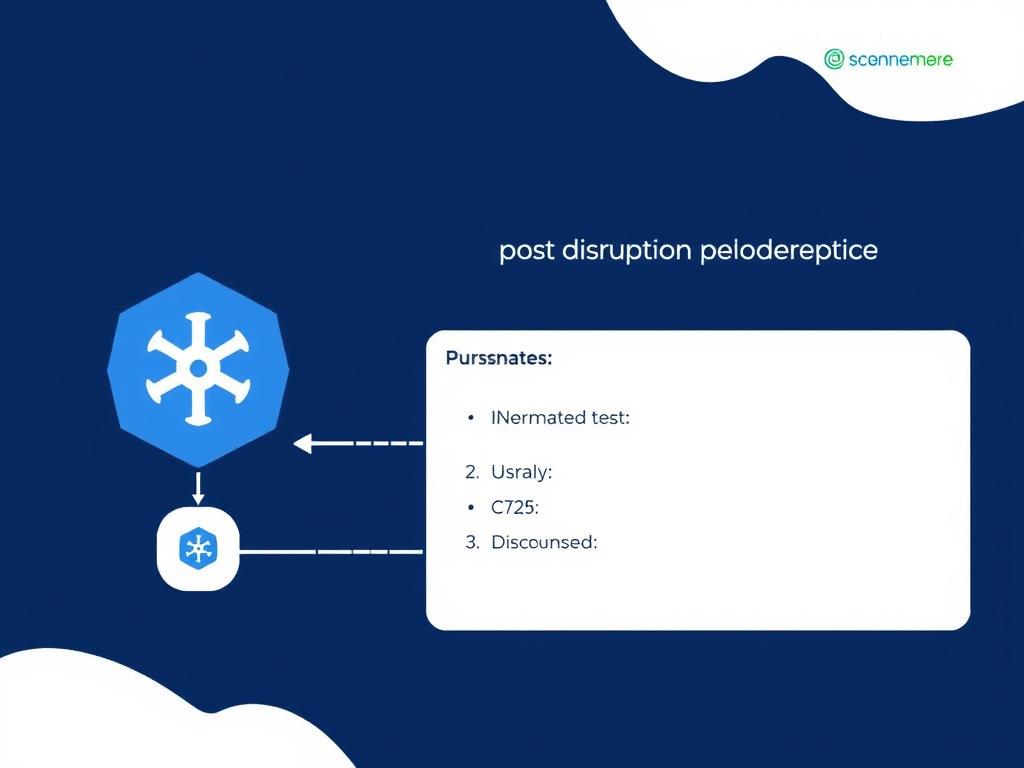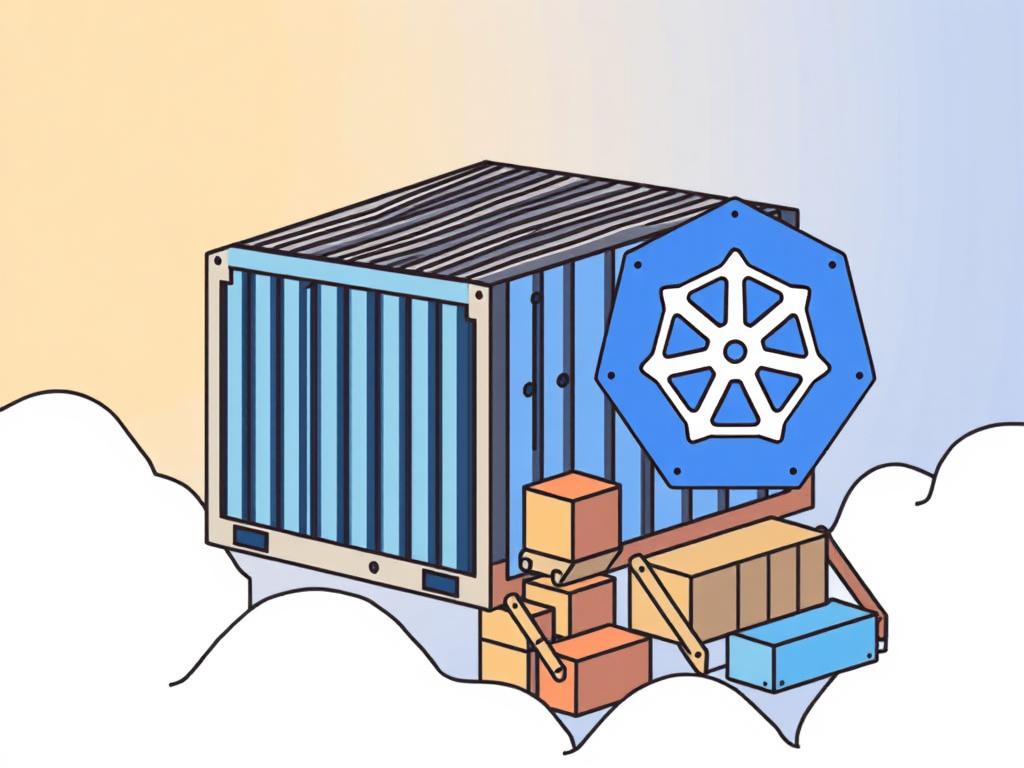In today’s fast-paced software development environment, deploying applications smoothly and efficiently is more critical than ever. Kubernetes, the leading container orchestration platform, has revolutionized how we manage and scale containerized applications across clusters. However, as organizations demand ever-more seamless and zero-downtime deployments, the concept of soft updates has become increasingly relevant. Soft updates in Kubernetes bring a level of finesse to container deployments, enabling updates without disrupting user experience or service stability. This article explores how Kubernetes and soft updates together create a powerful synergy for continuous delivery, highlighting their benefits, challenges, and practical implementations.
Understanding Kubernetes: The Backbone of Container Orchestration
Kubernetes, often abbreviated as K8s, is an open-source platform designed to automate the deployment, scaling, and management of containerized applications. Its strength lies in its ability to handle complex microservices architectures across distributed environments, making it a cornerstone technology for DevOps teams worldwide. Kubernetes orchestrates containers—typically Docker containers—across clusters of machines, ensuring services are always running, scaled to demand, and resilient against failures.
Some fundamental Kubernetes components include:
- Pods: The smallest deployable units representing containers.
- Nodes: The machines (virtual or physical) where containers run.
- ReplicaSets: Ensure the desired number of pod replicas are running.
- Deployments: Manage stateless applications and handle updates elegantly.
- Services: Provide stable networking endpoints to connect pods.
By effectively managing these elements, Kubernetes offers a robust framework to deploy applications that can scale, self-heal, and improve uptime dramatically.
What Are Soft Updates in Kubernetes?
When deploying new versions of applications, one of the biggest challenges is balancing the need for fast rollouts with maintaining service availability. Hard updates often involve taking down entire services or pods before bringing up new ones, leading to downtime or degraded user experience. Soft updates aim to solve this by introducing gradual, controlled changes that appear seamless to users.
Soft updates in Kubernetes typically refer to deployment strategies that minimize or eliminate disruption during rollout. These strategies use Kubernetes-native features combined with application-level practices to ensure containers are updated smoothly without noticeable impact on end-users.
Common Soft Update Strategies
- Rolling Updates: Kubernetes’ default deployment strategy, replacing pods incrementally, maintaining service availability.
- Blue-Green Deployments: Maintaining two environments—one live and one idle—switching users gently once the new version is ready.
- Canary Releases: Deploying new versions to a small subset of users first to detect issues early and minimize risk.
- Shadow Deployments: Running new application versions alongside existing ones without affecting user traffic, primarily for testing.
These methods highlight the core concept behind soft updates: updating without causing interruptions.
How Kubernetes Supports Soft Updates: Features and Tools
Kubernetes offers several features that inherently support soft updates, ensuring that deployments are safe, scalable, and minimally disruptive.
| Feature | Description | Role in Soft Updates |
|---|---|---|
| RollingUpdate Strategy | Gradually replaces old pods with new versions. | Enables zero-downtime updates and automatic rollback. |
| Readiness Probes | Health checks that determine if a pod is ready to serve traffic. | Prevents traffic routing to pods not yet ready. |
| Liveness Probes | Checks pod health during runtime. | Helps detect and restart unhealthy containers. |
| Pod Disruption Budgets (PDBs) | Limits voluntary disruptions during maintenance. | Assures minimum available pods during updates. |
| Horizontal Pod Autoscaler (HPA) | Automatically scales pods based on load. | Maintains service performance during updates. |
These features combine to create an environment where soft updates are manageable and reliable, reducing the chances of deployment errors or service outages significantly.
Implementing Soft Updates: Best Practices for Kubernetes Deployments
To harness the full power of Kubernetes in executing soft updates, teams must follow best practices that balance automation, monitoring, and risk mitigation.
1. Craft Thoughtful Deployment Manifests
Start with carefully designed YAML or Helm charts that specify update strategies explicitly—typically using the RollingUpdate type in deployment manifests. Define maxSurge and maxUnavailable parameters carefully to control the pace and availability during updates.
2. Leverage Probes Effectively
Implement readiness and liveness probes thoroughly across your containers. Accurate readiness probes ensure that Kubernetes doesn’t direct traffic to pods still starting up, while liveness probes enable quick recovery from crashes without human intervention.
3. Use Canary Deployments and Feature Flags
Canary strategies allow you to test new versions on a small segment of traffic before full rollout. Paired with feature flags, you can enable or disable features dynamically without redeploying, further smoothing transitions.
4. Monitor Closely with Observability Tools
Real-time monitoring and logging are crucial. Integrate tools like Prometheus, Grafana, and ELK stack to observe pod health, traffic, and application behavior during updates. Quick detection of anomalies lets you halt or rollback updates before user impact rises.
5. Coordinate with Pod Disruption Budgets

Define Pod Disruption Budgets to maintain a minimum number of pods available, protecting against outages during voluntary disruptions like updates or cluster maintenance.
Summary of Soft Update Best Practices

| Practice | Benefit |
|---|---|
| RollingUpdate with maxSurge & maxUnavailable | Ensures gradual and controlled rollouts. |
| Readiness and Liveness Probes | Prevents traffic to unhealthy pods, enabling fast recovery. |
| Canary Deployments | Minimizes risk by limiting initial exposure. |
| Observability | Facilitates early problem detection and analysis. |
| Pod Disruption Budgets | Maintains service availability during updates. |
The Benefits of Soft Updates in Kubernetes

Soft updates bring several tangible advantages that make them indispensable in modern application deployment workflows. With Kubernetes managing orchestrations and soft update strategies ensuring smooth transitions, organizations can enjoy:
- Continuous Availability: Users rarely experience downtime or degraded service during deployments.
- Faster Release Cycles: Developers can push updates more frequently and confidently.
- Reduced Deployment Risk: Gradual rollouts catch issues early, enabling immediate rollbacks or corrections.
- Improved Customer Experience: End-users benefit from uninterrupted access and performance.
- Operational Efficiency: Automated health checks and scaling reduce manual intervention.
These benefits collectively help companies stay competitive by aligning deployment speed with stability, which is essential in the era of microservices and cloud-native applications.
Challenges and Considerations When Using Soft Updates
While soft updates in Kubernetes provide many advantages, they also come with challenges that teams need to anticipate and manage. Here are some common considerations:
- Complexity in Configuration: Setting optimal values for update strategies, probes, and budgets requires experience and understanding of the application behavior.
- Resource Constraints: Rolling updates may temporarily increase resource usage due to overlapping old and new pods running simultaneously.
- Stateful Services: Soft updates are easier with stateless applications. Managing stateful services often demands additional orchestration logic.
- Monitoring and Alert Fatigue: Excessive alerts during updates without proper filtering can overwhelm teams.
Addressing these challenges often involves collaboration between developers, operators, and SRE teams, combined with continuous learning and tuning of deployment processes.
Future Trends: Enhancing Soft Updates in Kubernetes
Kubernetes continues to evolve rapidly, with new features and tools that will further streamline soft updates. Emerging trends include:
- Advanced Automated Rollbacks: Smarter rollback mechanisms based on AI-powered anomaly detection.
- Progressive Delivery Platforms: Tools like Argo Rollouts and Flagger offer sophisticated support for canary and blue-green deployments.
- Better StatefulSet Updates: Improvements in stateful workloads to enable safer, smoother updates.
- Integration with Service Meshes: Service meshes like Istio enhance traffic routing control during updates.
These innovations aim to make soft updates even more seamless and accessible to teams of all sizes.
Conclusion
Kubernetes combined with soft update strategies offers a remarkable approach to deploying containerized applications with minimal disruption. By leveraging Kubernetes’ inherent capabilities alongside best practices like rolling updates, canary releases, and comprehensive health probes, organizations can achieve continuous delivery that satisfies both speed and stability. While challenges exist, careful planning, monitoring, and utilization of advanced tools can help teams overcome them efficiently. As Kubernetes continues to advance, soft updates will play an even more vital role in modern DevOps pipelines, enabling developers and operators alike to deliver seamless experiences that meet the high expectations of today’s users.

